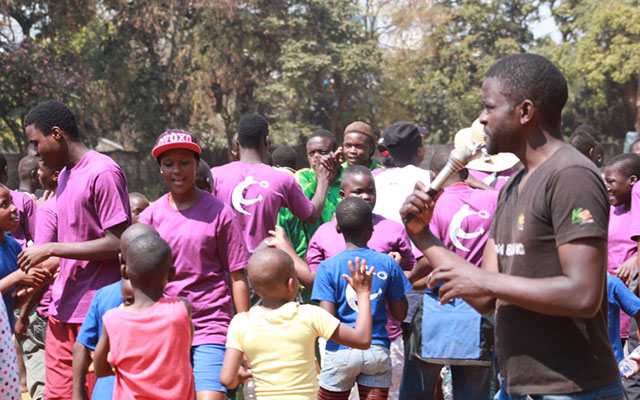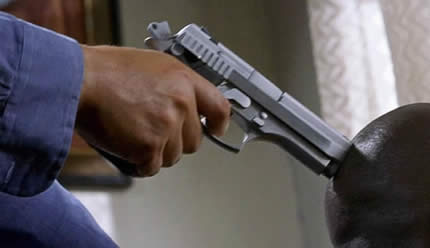A peek into the Iranian New Year
Dr Mohsen Shojakhani Correspondent
March 21 (today), which marks the Iranian New Year or “Nawrouz” has been officially registered on the UNESCO List of the Intangible Cultural Heritage of Humanity. The word “Nawrouz” is a compound word; “Naw” (new) and “Rouz” (day), which together mean New Day, and it is the name of the first day of the first solar month (Farvardin) of the Iranian calendar.
Nowruz or New Year celebrations are considered to be one of the most important and colourful Iranian national festivals.
Even though the origin of Nawrouz dates back to the pre-Islamic era, the advent Islam in Iran had no effect on it and the new year celebrations of the Iranians remained untouched due to the fact that Islam being a religion of peace deals peacefully with customs and traditions of different nations – as long as they don’t repudiate the principles of Islamic beliefs.
This festival embodies a wealth of ancient rites and customs (which according to a number of reliable Islamic narrations was also approved of by Islam), and is the only one in Iran which is not confined to the traditions of only one religious group as it symbolises the continuity of the ancient Persian culture.
Originating in Iran’s ancient history, Nowruz is presently celebrated by more than 300 million people worldwide including Afghanistan, Albania, Central Asian countries and even the United States.
As far back as records go, Nawrouz has been, either in fact or by intention, a celebration of early spring, when the sun begins to regain strength and overcome winter’s cold and when there is a renewal of growth and vigour in nature. Some of the customs observed during the Iranian New Year celebrations include:
Haft Sin
A few days prior to the New Year, a special cover is spread on to the Persian carpet or on a table in every Iranian household.
This ceremonial table is called cloth of seven dishes (each one beginning with the Persian letter Sin).
The number seven has been sacred in Persia since the ancient times, and the seven dishes stand for the seven angelic heralds of life-rebirth, health, happiness, prosperity, joy, patience, and beauty.
The symbolic dishes consist of:
1. Sabzeh or sprouts: Usually wheat or lentil representing rebirth.
2. Samanu is a pudding in which common wheat sprouts are transformed and given new life as a sweet, creamy pudding and represents the ultimate sophistication of Persian cooking.
3. Seeb means apple and represents health and beauty.
4. Senjed the sweet, dry fruit of the Lotus tree, represents love. It has been said that when lotus tree is in full bloom, its fragrance and fruit make people fall in love and become oblivious to all else.
5. Seer or garlic represents medicine.
6. Somaq, sumac berries, represent the colour of sunrise; with the appearance of the sun Good conquers Evil.
7. Serkeh or vinegar, represents age and patience.
To reconfirm all hopes and wishes expressed by the traditional foods, other elements and symbols are also on the sofreh):
* A copy of the Holy Quran to reflect upon the sacredness of the celebrations.
* A few coins placed on the sofreh represent prosperity and wealth.
* A basket of painted eggs represents fertility.
* A goldfish in a bowl represents life and the end of astral year-picas.
* A flask of rose water known for its magical cleansing power, is also included on the tablecloth.
* Nearby is a brazier for burning wild rue, a herb whose smouldering fumes are believed to ward off evil spirits.
* A pot of flowering hyacinth or narcissus is also set on the sofreh.
* A mirror which represents the images and reflections of creation.
* On either side of the mirror are two candlesticks holding a flickering candle for each child in the family. The candles represent enlightenment and happiness.
The most important aspect of this custom is that at the time of the “Tahvil” or change of the year the family members who sit around the Haftseen recite a supplication (in Arabic) that says:
– Molder of hearts and visions,
– He who created nights and days,
– He who transforms conditions and situations,
– Change our condition to the best possible conditions.
Chaharshanbe Souri
The actual Nawrouz ceremonies begin on the eve of the last Wednesday of the outgoing year.
Early in the evening of that day, referred to as chaharshanbe souri or “Red Wednesday”, several rather large bonfires are made; every member of the family jumps over the fire and says, “sorkhi-e to az man, zardi-e man az to”, which literally means “Give me your redness and take away my wintry sallow complexion”.
The jumping over the fire is followed by a get together in which nuts and fruits are served.
This party is mostly for the benefit of the children of the family who are entertained, long into the night, with stories that they will remember with joy throughout their lives.
Sizdah Bedar
The Nawrouz celebrations continue for 13 days. The 13th day of the New Year festival is called Sizdah Bedar (meaning 13 outdoors).
On this day people go out in the nature in groups and spend all day outdoors in the nature in the form of family picnics. It is a day of festivity in the nature.
On this day, people throw their sabzeh away in the nature as a symbolic act of making the nature greener.







Comments